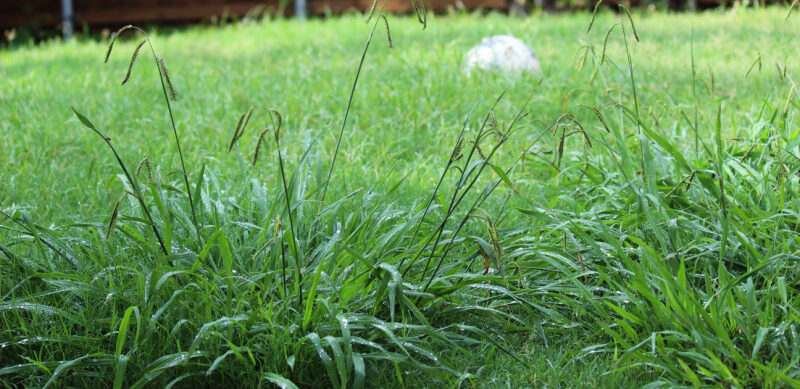Eliminating Crabgrass from Your Yard

Eliminating crabgrass from your yard is a common challenge many homeowners face. This invasive grass species can quickly take over lawns, diminishing their aesthetic appeal and overall health. To effectively combat crabgrass, it’s essential to understand its growth patterns, identify effective treatment methods, and implement a consistent lawn care routine.
Understanding Crabgrass and Its Growth Cycle
Crabgrass, scientifically known as Digitaria, is an annual grassy weed. It thrives on poorly maintained lawns and is particularly prevalent in areas with thin turf, compacted soil, or excessive moisture. Understanding its life cycle is crucial for effective control. Crabgrass seeds typically germinate in the spring when soil temperatures consistently reach about 55–60 degrees Fahrenheit. The plant grows rapidly during the warm summer months and dies off as temperatures drop in the fall. However, before dying, each crabgrass plant can produce thousands of seeds, ready to germinate the following spring.
Effective Strategies to Prevent Crabgrass
1. Pre-Emergent Herbicides
Applying pre-emergent herbicides is a proactive approach to crabgrass control. These herbicides work by inhibiting the germination of crabgrass seeds. Timing is critical; the herbicide must be applied before the soil temperatures reach crabgrass germination levels. In most regions, this means applying the herbicide in early spring.
2. Maintaining a Healthy Lawn
A dense, vigorously growing lawn is the best defense against crabgrass. Regular lawn maintenance practices such as proper mowing, fertilization, and watering encourage the growth of desirable grasses, which can outcompete crabgrass. Mow your lawn at the recommended height for your grass species, as taller grass shades the soil, preventing crabgrass seeds from germinating.
3. Soil Aeration and Overseeding
Compacted soil favors crabgrass growth. Aerating your lawn improves soil structure and encourages the growth of healthy turfgrass. Following aeration with overseeding (planting grass seeds) helps to establish a thick lawn, further reducing the opportunity for crabgrass to establish.
Targeted Crabgrass Removal Techniques
1. Post-Emergent Herbicides
If crabgrass has already appeared on your lawn, post-emergent herbicides can be used. These herbicides are designed to kill growing crabgrass plants. They are most effective when applied while the crabgrass is young and actively growing.
2. Manual Removal
For small infestations, manual removal can be effective. It’s important to remove the entire plant, including the roots, to prevent regrowth. This method is labor-intensive, but it ensures immediate removal without the need for chemicals.
Ongoing Lawn Care for Long-Term Control
Continuous lawn care throughout the year is vital for preventing the recurrence of crabgrass. Regularly inspect your lawn for early signs of crabgrass and address them promptly. Adapting your lawn care routine to the changing seasons and your specific lawn type is essential for maintaining a healthy, crabgrass-free yard.
Adopting Eco-Friendly Practices
For those seeking environmentally friendly options, consider organic pre-emergent products like corn gluten meal. These natural alternatives can suppress crabgrass germination while being safe for the environment.
Controlling crabgrass requires a multifaceted approach that includes pre-emptive measures, targeted treatments, consistent lawn care practices, and professional assistance. By understanding the nature of crabgrass and implementing these strategies, you can maintain a lush, healthy lawn that enhances your property's curb appeal and overall value.


